Changing the Business landscape with Smart and Secure Virtual Assistants Powered by AWS
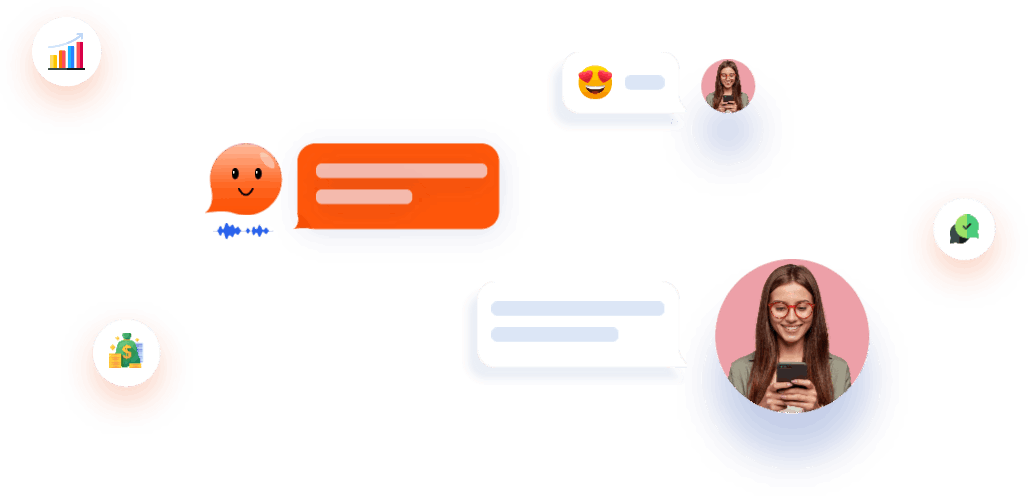
AI Bots & Virtual Assistants are transforming Businesses
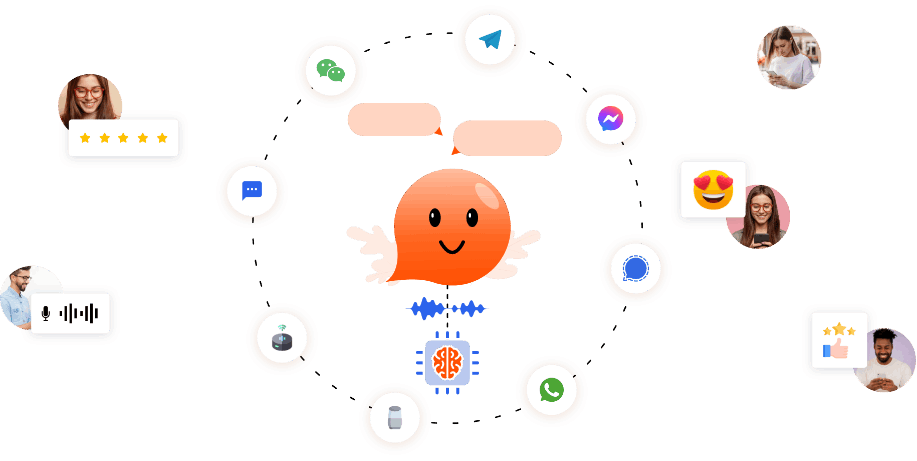
The conversational AI industry has exploded and has seen immense growth after the COVID-19 lockdown. For example, it was recorded that 67% of global customers have communicated with a Bot in the past 12 months. Also, it was noted that more than 40% of people believe that until their queries get answered, they don’t mind whether it’s a live agent or an AI Bot. Further, it is estimated that the Bot industry will reach 454.8 million U.S. dollars by 2027, from 40.9 million dollars in 2018!
In this blog, we have explored the various capabilities and thrown light on how the chatbot Technology has evolved from rule-based chatbots to advanced Generative AI virtual assistants with the latest advancements in AI services powered by AWS like AWS SageMaker, Amazon BedRock, and Amazon Kendra along with Amazon Lex.
AWS Powered Generative AI Virtual Assistants for Enterprise
Streebo, an Amazon Business Partner has built an array of pre-trained intelligent chatbot solutions. These solutions leverage various AWS services, including Amazon Lex, Amazon Kendra, AWS SageMaker, FMs available on Amazon BedRock and more. Also, customers can now utilize industry-standard models from platforms like HuggingFace through AWS SageMaker. This synergy ensures our chatbots deliver dynamic and context-aware interactions, supported by a robust implementation stack, ultimately providing exceptional generative AI experiences for our valued clients. Let’s discover them in detail.
But before that, it’s important to understand the basics –
What is NLP? A term most frequently and commonly used with an AI-Powered Smart Bot!

The Power of Amazon Lex: Our Choice for Natural Language Processing

How to Build a Smart Bot using Amazon Lex?
Actions/Intents
Sample Utterances
Business Logic

Amazon Lex Powered Virtual Assistants with other AWS Services:
For example, by integrating Amazon Lex with Amazon Connect, you can take advantage of Amazon Lex ASR and NLU capabilities to create great self-service experiences for your customers, quickly. Also, note that creating and connecting your Virtual Assistant to your Amazon Connect instance can be done in minutes.
Moreover, the seamless integration of Amazon Kendra presents a seamless approach to content exploration across a multitude of repositories, facilitated by its cohesive integration with built-in connectors. This integration guarantees swift and efficient access to pertinent information, leading to a marked enhancement in productivity and user contentment throughout information retrieval processes.
Also, by harnessing the capabilities of AWS SageMaker, Amazon BedRock, and a diverse array of open standard Language Models (LLM), our conversational interfaces exhibit a remarkable capacity for engaging in conversations that are both natural and contextually relevant, thereby ushering in an elevated dimension to the overall user experience

- First, the current state of the Bot is saved even if it is not ready for prime time.
- Next, the Natural Language Model (NLM) is built, which is what the Bot uses to interact with Customers. This also creates versioning for the intents and slots.
- This is followed by a Test on a Chat Interface on the Console aligning quick iteration and updating.
- inally a new version of the Bot and its alias is created and pushed to the clients.
Deployment to Chat Services:

Chat Monitoring

For example, a Business Owner can monitor the number of requests made to the Bot over a particular time period, view the latency of successful requests, or raise an alarm when errors exceed the threshold.
Top Use Cases of AWS Powered Virtual Assistants:
Customer Care Bots at Call Center:

Patient Assistant at Hospital
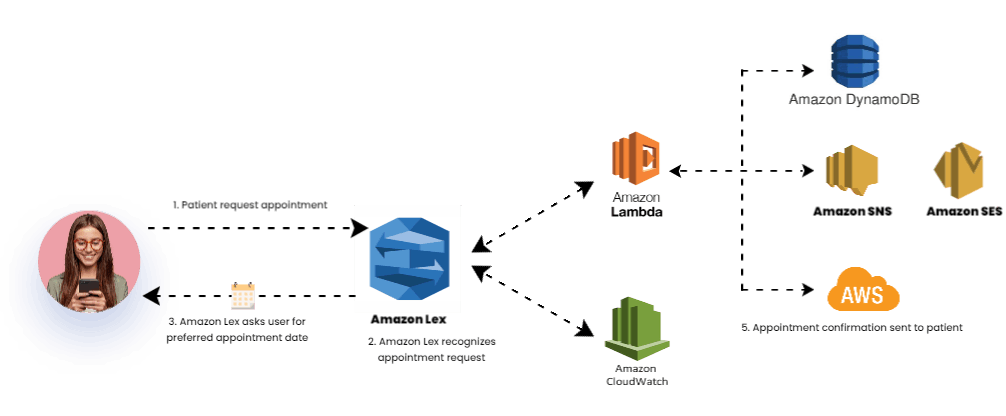
Patient Assistant at Hospital:
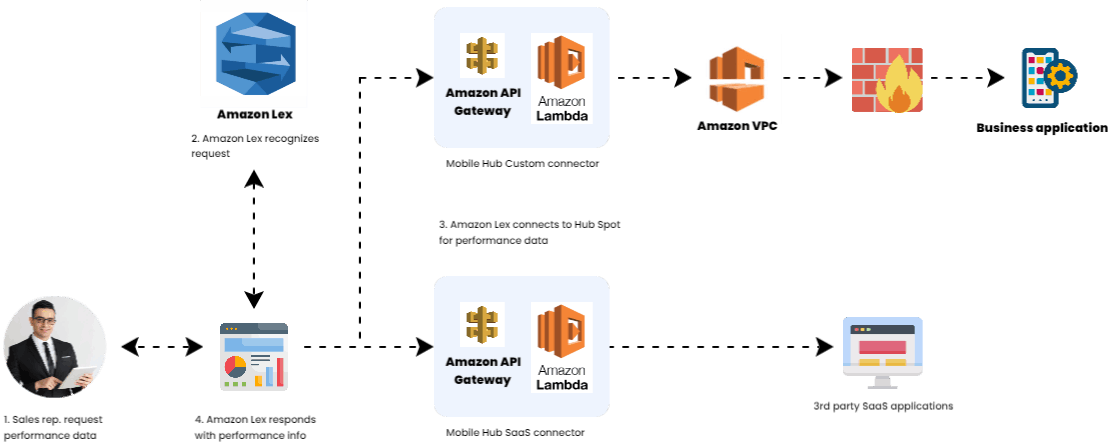
Employee Virtual Assistant:

In summary, AWS is a reliable platform for building Conversational Interfaces into any application using Voice and Text. AWS democratizes Deep Learning Technologies for Speech Recognition and Natural Language Understanding by putting the power of Amazon Lex within reach of all developers.
Embracing Innovation: Transformative Features Unlocked via AWS Services
Speech Recognition:

Disambiguation

Digression
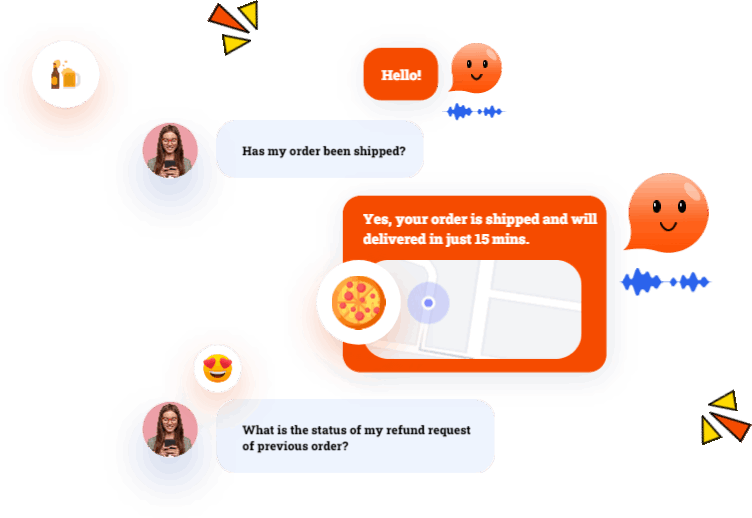
Backend Integration:
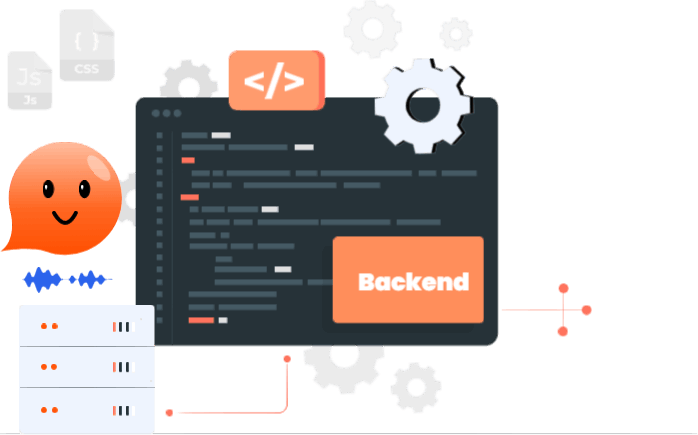

Omnichannel
Multimodal Capabilities with AWS SageMaker and AWS BedRock:
Accessing Unstructured Data with Amazon Kendra:
Now we know why Amazon Lex from AWS is the go-to choice for many!

After going through all the above essential features to build a Cognitive Assistant/Virtual Assistant you must get an idea of what Amazon Lex and AWS Services have to offer. As per the Gartner review, currently, it is the leading NLP engine that offers greater scalability, seamless integration, easy customization as per business requirements, ease of deployment, administration, and maintenance.
Amazon Lex & Generative AI Powered Streebo’s SMART® Bots
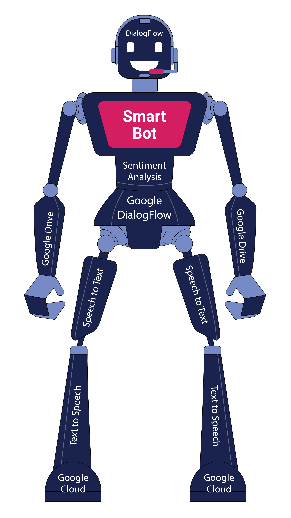
Our advanced chatbot architecture gives flexibility to enterprises to pick any of the world-class Generative AI or LLM platforms like FMs available on AWS SageMaker, Amazon BedRock, and a diverse array of open standard Language Models (LLM) available on HuggingFace and more. Further, this Bot Store has pre-trained bots for 15 plus industries trained with industry-specific functions that serve different use cases like Customer Service, Marketing, Sales, HR & Operations. The Bot Store has Smart Bots that provide assistance to different users like the prospects, customers, employees, on-field agents, and many more. These Virtual Assistants are ready to be deployed and can be wired to your system as needed on the desired platform.
By leveraging the Amazon Lex NLP engine, Streebo Smart Bots extend the interaction experience with the brands/businesses to a variety of social media platforms, such as Meta (Facebook) Messenger, WhatsApp, Instagram, Google Chat, Telegram, WeChat, Signal, Slack, Sametime, MS Teams and even SMS. They can even handle Voice channels such as IVR, Amazon Alexa, and Google Home. Bots can also be deployed to existing digital properties such as Websites and Mobile apps.
Streebo’s Bot Store is powered by AWS thus ensuring top encrypted libraries and providing customers with a secured and scalable solution.
Further, the built-in analytics tool allows for tracking the Virtual Assistant’s performance. The integrated analytics tool can read the session including usage patterns, latency issues, as well
as high and low-performing intents. This helps in improving the performance of the Conversational Interface.
By staffing the Business with these 24X7 available Intelligent Virtual Agents with Generative AI experience, businesses can easily assist their prospects, customers, and employees instantly and at the same time reduce their operational costs. That is why these AI-powered, Smart, Virtual Assistants have a powerful return on investment (ROI) as they can both improve sales and significantly reduce costs for organizations. It is projected that by 2025, companies will save over 3 billion USD on IT maintenance via Bots & Virtual Agents.
Streebo’s Smart Bots come with the following amazing, break-through features:
- 24×7 Omni-channel Support
- Instant transactional support
- Secured and personalized Conversations
- Support in 38+ Languages
- Support of both Voice & Chat channels
- Inbuilt Live Agent platform
- Advanced Analytics
- Multimodal capabilities
- Access to unstructured data
Frequently Asked Questions
Let’s go over the basic workflow of Amazon Lex in which there are four simple stages.
1. First, the current state of the Bot is saved even if it is not ready for prime time.
2. Next, the Natural Language Model (NLM) is built, which is what the Bot uses to interact with Customers. This also creates versioning for the intents and slots.
3. This is followed by a Test on a Chat Interface on the Console aligning quick iteration and updating.
4. Finally a new version of the Bot and its alias is created and pushed to the clients.
Amazon Lex offers an efficient solution for deploying bots to chat services directly from the Amazon Lex Console. This eliminates the need for complex multiplatform development efforts. The Console is equipped with formatting capabilities that provide a user-friendly experience tailored to popular chat platforms like Facebook Messenger, WhatsApp, Slack, and SMS.
Additionally, Amazon Lex can be seamlessly integrated into AWS Mobile Hub, facilitating swift deployment of the Amazon Lex Bot onto a mobile app, thereby expanding its accessibility and usage.
Amazon CloudWatch offers a comprehensive monitoring solution for the Amazon Lex Bot’s performance. It presents a matrix detailing specific Amazon Lex Operations and Global Amazon Lex Operations on an individual user basis. Additionally, CloudWatch Alarms can be configured to notify users when predefined thresholds are exceeded.
For instance, a Business Owner can effectively track metrics such as request volumes over specific timeframes, latency of successful requests, and even set up alerts for error rates that surpass the defined threshold.
Zero $ setup fees, zero commitment – just results.
Sign up now and experience the future of customer interactions!
Schedule a demo





